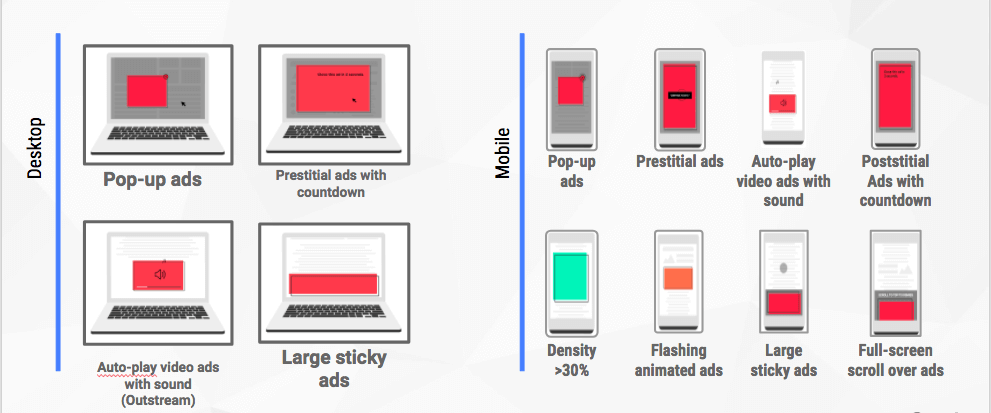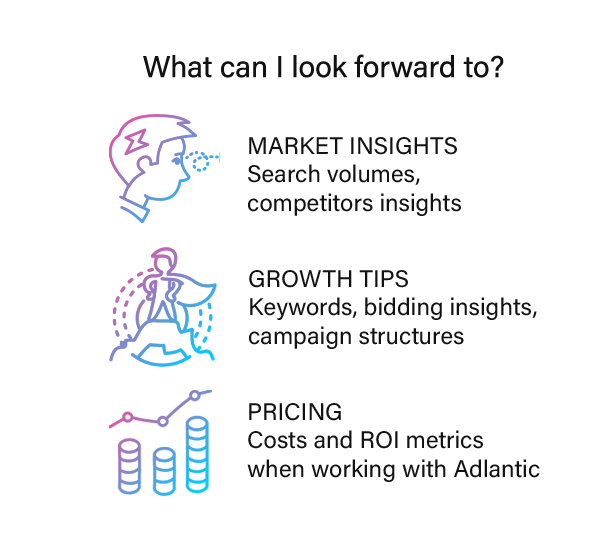This week Google implemented a new standard for ad filtering across the globe to match the existing standards in North America and Europe.
What does that mean?
Well, Google is essentially trying to improve the user experience on Chrome by blocking what it calls “intrusive” ads. For consumers, that will mean a smoother browsing experience with fewer pop ups and sticky ads.
How does this impact my marketing?
Most North American and European publisher sites pass the Better Ad Standards test, so the impact on users and publisher ad revenues has been minimal.
However, in other markets, such as Asia, consumer ad blocking is currently highest in the world — 50% according to a survey by Global Web Index.
For the majority of marketers, nothing will actually change. If the ads you create and publish are respectful already, then there won’t be any issues. However, if you use ads which – for example – auto-play or pop-up; flash or cover the entire screen, then you’ll find yourself in hot water with the Google bots.
What ads does Google frown upon?
Google has been working alongside the Coalition for Better Ads to define what constitutes an advertisement which is annoying or overly intrusive.
Below you can see some desktop and mobile examples of the type of ads Google frowns upon.

Given Google Chrome has 64% global market share, adhering to these standards is vital for marketers that want to make themselves known online.
We recommend you review any ads you have running to ensure they comply with Google’s new guidelines, and adjust them accordingly.
The bottom line. Use best practces and create ads your customers will enjoy seeing. They’ll benefit from a better user experience and a better interaction with your brand, while you will benefit from higher click through rates.





